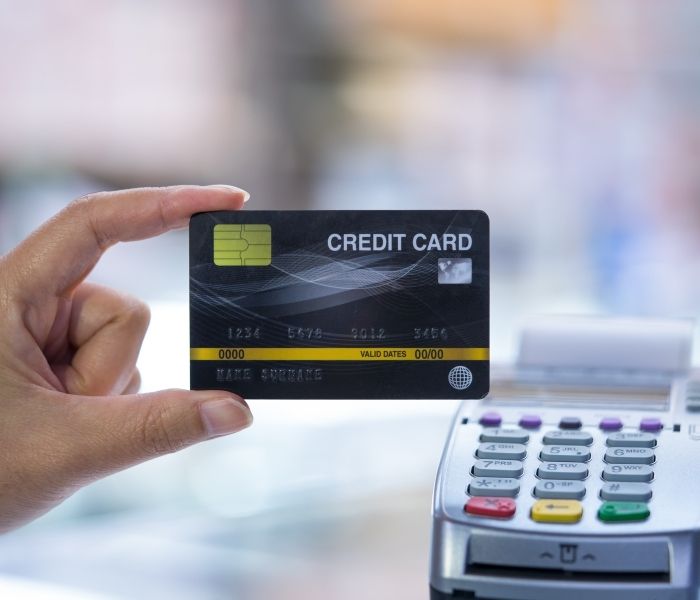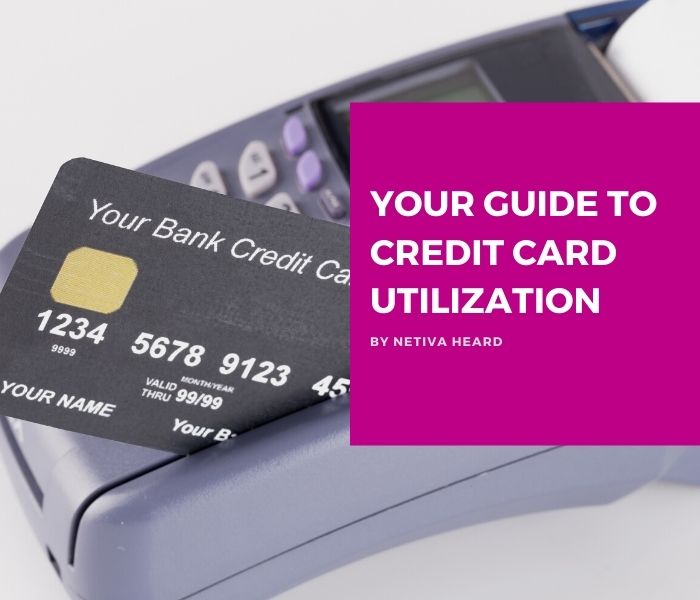Your credit score is a combination of multiple calculations, one of which is your credit utilization rate. Lenders look at how much credit is available to you and how much of your credit you are using as part of their decision-making process.
This number matters if you need to take out a loan or open a new credit account. When your credit utilization is too high, you might be more likely to be denied for a new account.
Here’s what you need to know about credit card utilization rates, why they matter, and how you can improve yours for better credit opportunities.
What is a Credit Utilization Rate?

Credit utilization rates describe how much credit you are currently using compared to the total amount of credit you have available to you.
Ideally, your credit utilization rate should be below 30%. The lower the credit utilization rate, the more it looks like you’re doing a good job of managing your credit.
How Credit Utilization Rates Impact Your Credit Score
Credit utilization will impact your credit score: the higher the ratio, the lower your score, and vice versa. This is because people with a high credit utilization are often seen as bigger spenders. In turn, they may have a harder time repaying the money they charge with credit.
However, credit utilization is just one of many parts of your credit score. If you do need to access more of your credit, keeping the other parts of your credit score in check can help you to maintain a good credit score.
How Credit Utilization Rates are Calculated
Lenders and credit card companies calculate credit utilization rates as a ratio: credit in use divided by the total amount of credit.
For example, let’s say you have three credit cards:
- one with a $500 limit,
- one with a $1,000 limit, and
- one with a $5,000 limit.
That’s $6,500 in total credit.
Now, let’s say you have a
- balance of $100 on Card 1,
- balance of $500 on Card 2, and a
- balance of $0 on Card 3.
So, your total balance is $600 out of a possible $6,500.
In this scenario, you will have multiple credit utilization rates: one per card, and then one for all of your available credit.
- For Card 1, your credit utilization rate would be 20% ($100 of a $500 limit).
- For Card 2, your credit utilization rate would be 50% ($500 of a $1,000 limit).
- For Card 3, your credit utilization rate is 0%.
- In total, your credit utilization rate is about 9% ($600 out of $6,500 available credit).
You’re using about 9% of all credits available to you.
You can calculate your credit utilization rate on your own by looking at your total credit limits and your current balance. As you make charges and payments each month, your credit utilization rate will likely change, too.
This can be an important factor in your debt payoff strategy if your goal is to improve your credit score.
How to Improve Your Credit Utilization Rate

You can improve your credit utilization rate in a few different ways and give your credit score a boost in the process:
Make Multiple Credit Card Payments Each Month
Your credit card utilization rate is determined on the day your month’s statement closes. Typically, you make a payment the following month based on that month’s statement. But instead of saving for one big payment, consider breaking it up into smaller payments to keep your balance low. It’s the same amount of money, but your balance will be lower by the time your statement closes, which means a lower credit card utilization rate.
Spread Payments Across Different Credit Cards
If you have multiple credit cards, try not to pile all your expenses onto one card. It won’t affect your overall credit utilization rate, but it will increase the rate for that one card. But if you keep a low balance on all of your cards instead of a high balance on one card, your credit card utilization rate improves. This technique works well when bureaus look at the rate per card instead of the overall credit utilization rate.
Increase Your Credit Limit
If you feel confident that an increased credit limit won’t tempt you into spending more, then you might consider asking your credit card issuers for a higher limit. Your credit utilization rate is a percentage of your overall limit, so a higher threshold will lower your credit utilization even if your spending has not changed. You can support your request by showing you’re earning more money or have been making timely payments, for example.
Has improving your credit score become a top priority? If so, we invite you to check out our free 5-Day Credit Report Mastery Class and take control over your creditworthiness. It’s time to fix your credit score for good!









